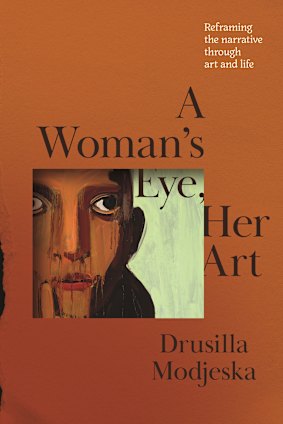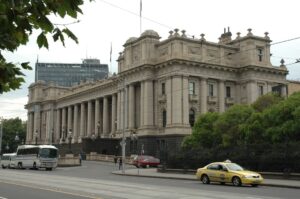
Drusilla Modjeska’s latest book, A Woman’s Eye, Her Art, shines a light on the often-overlooked contributions of early 20th-century women artists. This group includes influential figures such as Lee Miller, Paula Modersohn-Becker, Claude Cahun, and Dora Maar. Modjeska aims to reclaim their rightful place in art history, a narrative traditionally dominated by their male counterparts.
In her book, published by Penguin for $55, Modjeska reflects on how these women navigated the challenges of their time. She highlights the dismissive attitude expressed by Roland Penrose, Miller’s second husband, who remarked, “Of course the women were important, but it was because they were our muses.” Such statements underscore the historical tendency to marginalize women’s contributions to art.
Modjeska, who emigrated from England to Australia in 1971, has been a prominent voice in literature for over four decades. She is known for her bestselling works, including Poppy, The Orchard, and The Mountain. Her writing often centers on women’s experiences, viewed through a feminist lens. In A Woman’s Eye, Her Art, she continues this exploration, building on themes from her previous works, such as Stravinsky’s Lunch released in 1999.
Reclaiming Lost Narratives
This latest book serves as a group biography, detailing the lives and artistic journeys of these pioneering women. Modjeska argues that patriarchal narratives in art history have led to their near-erasure. She draws on feminist theories from notable thinkers like Virginia Woolf, Simone de Beauvoir, Deborah Levy, and Rachel Cusk to frame her discourse.
Modjeska’s investigation begins with Paula Modersohn-Becker, who, in 1906, left her family in Germany to pursue her art in Paris. There, she created around 80 paintings, including the striking Self-Portrait on my Sixth Wedding Day. In this work, Modersohn-Becker presents herself as both subject and object, challenging traditional depictions of women in art.
She also delves into the lives of surrealist artists, starting with Claude Cahun, who, along with partner Marcel Moore, explored identity and gender fluidity in their creative endeavors during the 1920s. Cahun’s experimental photography and unique approach to self-portraiture have gained renewed attention, culminating in a major retrospective of her work in 1995.
Influence on Contemporary Art
Modjeska’s work not only resurrects these women’s stories but also highlights their enduring influence on contemporary artists. She connects their experiences to modern-day creators, such as her friend Julie Rrap, whose photography examines representations of the female body.
Through her detailed exploration, Modjeska reveals the complexities of being both a woman and an artist in a time when societal expectations were rigidly defined. She emphasizes that these artists did not merely exist within the confines of domesticity; they actively sought to redefine their identities and challenge the male-dominated art world.
By bringing these narratives to the forefront, A Woman’s Eye, Her Art contributes to a growing movement among Australian writers, echoing the efforts of authors like Anna Funder with Wifedom and Kate Grenville with A Room Made of Leaves. Modjeska’s thoughtful examination serves as a reminder of the significant yet often overlooked contributions of women in art history, paving the way for future generations to recognize and celebrate these pioneering figures.






